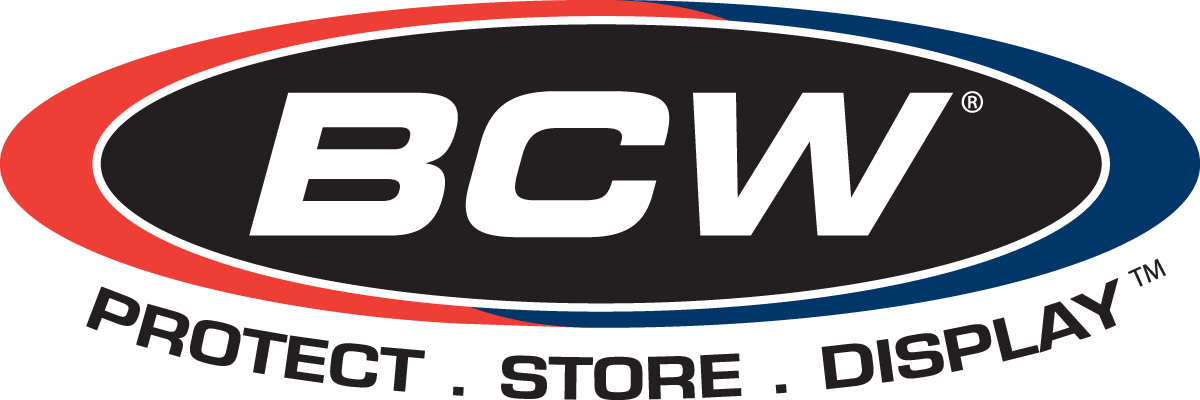Ham Radio QSL Card Collecting
Amateur radio operators maintain their own radio stations, authorized by the US Federal Communications Commission and other national organizations. While amateur radio operators use their gear and skills for communications when emergencies arise, amateur radio is mainly a recreational hobby. The amateur radio operators, nicknamed hams, test their skills at contacting other amateur radio operators around the globe using their designated bands throughout the radio spectrum.
For one amateur radio operator to contact another ham requires the right transmitting and receiving radio gear, a skilled operator, the right atmospheric conditions and some good timing. So when two amateur radio operators get in touch for the first time, they often confirm the contact by trading post cards. The cards are referred to as QSL cards, a term generated from the Morse code “Q-signal” for a two-way contact – a “QSL”.
As a goal, some amateur radio operators try to confirm and share QSL cards with distant contacts (DX). Managed by the American Radio Relay League, the DX Century Club is amateur radio’s premier award that hams can earn by confirming on the air contacts with 100 countries. Other goals for confirming radio contact include Worked All States (WAS) and Worked All Continents (WAC).
To help these hobbyists store their QSL cards, BCW Supplies manufactures 3-ring binders and protective pages. BCW post card pages are available as 4-pocket pages (pictured above) and 3-pocket pages for larger cards.
BCW 3-Ring Binders
BCW 4-Pocket Pages (20-ct. Pack), Archival Safe
BCW 4-Pocket Pages (100-ct. Pack), Archival Safe
PRO 3-Pocket Pages (20-ct. Pack), Archival Safe
PRO 3-Pocket Pages (100-ct. Pack), Archival Safe
QSL cards can also be stored in a Postcard Box. Sleeves and toploaders can be used for added protection. Postcard Dividers can be used to organize a large collection.

